“We are finding our feet in the best league in the world. We are developing a way of playing that is a little bit more pragmatic.” Those are the words of Thomas Frank, speaking at the end of the 2022-23 season, in which his Brentford side finished ninth in the Premier League despite having by far the lowest wage bill in the top flight, at £99m. The pragmatism he spoke of had helped Brentford overachieve for a second successive season after promotion to the top flight two years earlier.
There is, in general, a strong correlation between wage bill and league position, but Brentford consistently defied their financial disadvantage under Frank to become established members of the top flight, something plenty of other clubs have failed to do in recent years.
When Frank led Brentford to that top-half finish, they were one point and one place behind Tottenham, who have just appointed Frank as their head coach. That was despite Spurs having a wage bill of £251m, more than two and a half times that of Brentford. If ever there were an advert for how to make the most of what you have to work with, Frank was it.
And as he proudly said, pragmatism was at the heart of what he had done. Brentford had won promotion with a possession-based style, consistently dominating their opponents and playing teams off the park. They ranked in the league’s top five for possession in each of Frank’s two full seasons in charge in the Championship, and scored more goals than every other team in the regular season in those campaigns (80 in 2019-20 and 79 in 2020-21).
But Frank recognised things would have to be different in the top flight. “We’ve found a way that is difficult to play against,” he said in 2023. “We know that if we go toe-to-toe with [the best teams], it will definitely minimise our chances to win. Now we go toe-to-toe in a different way that is a bit more defensive but, hey, you’re playing against six of the best teams in the world.” It worked; in Brentford’s second season in the Premier League, they won six, drew three and lost three of their 12 games against the traditional big six.
Frank has shown an adaptability that Spurs’ last few managers have lacked. Their recent managers have jumped between the defence-first, win-at-all-costs football of José Mourinho and Antonio Conte (as well as Nuno Espírito Santo briefly), and the adventurous, attacking and sometimes downright reckless game of Ange Postecoglou. These managers were steadfastly wedded to a way of playing, and that ended up being their downfall.
Spurs failed under win-now managers in Mourinho and Conte, and had hoped to build something stronger and more sustainable with the ultra-possession-focused football of Postecoglou. Ultimately, however, his reign ended, ironically, with a Europa League triumph playing a brand of football more akin to that of his predecessors.
He had adapted in Europe to do what Mourinho and Conte – and even Mauricio Pochettino and Harry Redknapp before them – could not and won a trophy, but the damage had already been done in the league. He recorded the club’s worst Premier League finish (17th) and the chair, Daniel Levy, pulled the trigger. Now, Spurs are turning to someone who is happier to adapt than any of their recent managers.
Frank had to be flexible at Brentford because, as he said last month, they are “a selling club”. They have been a selling club throughout their rise up the divisions under the ownership of Matthew Benham, whose data-driven approach has been key to their success. Part of their philosophy is to cash in players when the right offer arrives.
In the past six years, they have consistently sold their highest goalscorer, with Neal Maupay, Ollie Watkins and Ivan Toney moved on for big money and Bryan Mbeumo expected to depart this summer. They have also sold David Raya, Saïd Benrahma and Ezri Konsa, and have adapted every time. Maupay, Watkins, Toney and Mbeumo are different types of forward, but each has succeeded under Frank. He is a master of working with the tools at his disposal.
Postecoglou’s predictability at Tottenham was one of his biggest weaknesses. “You can see what their ideas are very clearly,” an unnamed coach at another Premier League club recently told the Athletic. Under Frank, their tactics may even change from week to week. He prioritised possession at Brøndby and in the second tier with the Bees. “I got the label in Denmark of having a tiki-taka and possession-based team,” he once said. Brentford had the sixth-lowest average possession share in the Premier League this season (47.7%), but they also showed they could dominate the ball when they wanted to, beating Ipswich with 64.6% of possession in October, for example.
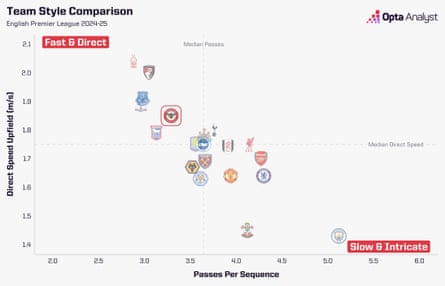
Frank wants his teams to play through the opposition’s press if they can, but he is also happy for players to go direct to avoid playing their way into trouble in their own half. Brentford have ranked in the top five for the proportion of passes played long in each of their four seasons in the Premier League, with their rate as high as 16.6% in 2022-23. That rate dropped to 13.1% this past season after the departure of target man Toney, but was still the fifth-highest in the league.
These numbers speak to that pragmatism. Brentford aren’t a long-ball team; they have plenty of very capable footballers and keep the ball on the floor as much as possible. But they are also well aware of their limitations and try to play in a way that means those limitations aren’t a problem.
Over their time in the Premier League, they have moved further towards the style they used in the Championship as they have grown in confidence and ability. The below graphic charts how their football has developed in six full seasons under Frank.

Postecoglou’s Tottenham were built to play short passes – only Manchester City (6.0%) played a lower proportion of their passes long in Premier League games this past season than Spurs (7.3%) – but they showed on their Europa League run how effective they can be with a more direct approach.
All of this is not to say that Frank will turn Tottenham into as direct a team as Brentford, just that he is likely to encourage his players to play balls into the channels far more than Postecoglou did. And the direct style in the Europa League run shows there is something to work with for him on this front.
Despite the fact Brentford don’t have much of the ball and go long more than most, they by no means sit back and soak up pressure. In fact, they ranked sixth in the Premier League this past season for high turnovers (winning the ball within 40 metres of the opposition’s goalline), with 319, one fewer than Tottenham, who were one of the league’s most active pressers.
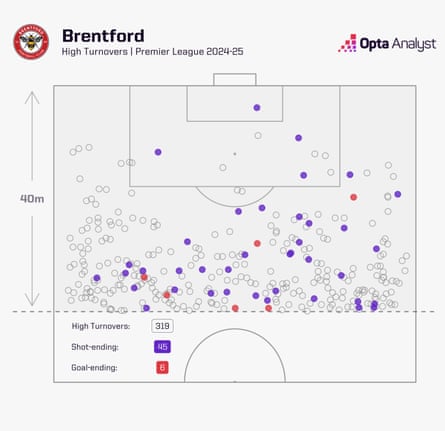
The difference between the teams is that, whereas Spurs pressed at almost every opportunity when playing “Angeball” in its purest form, Brentford pick and choose their moments more wisely. Only Brighton made more pressures in the final third (2,922) than Spurs (2,908), but Brentford were way down in 14th (2,265). And yet Brentford made only one fewer high turnover than Spurs. Perhaps they are just smarter with their pressing?
That could be something Spurs need given their players sustained so many injuries last season playing Postecoglou’s relentlessly high-intensity game. Spurs ranked third in the Premier League for distance covered (111.5km per game) and second for off-ball runs (6,043), while Brentford were 10th and 11th respectively. With Champions League football to contend with, perhaps a less taxing style will benefit the players, though Frank has never managed a team in a full European campaign, so it remains to be seen how he fares on that front.
Efficiency is the name of the game for Frank, and that could be crucial in a busy season at a club expected to take the cups seriously and facing at least eight Champions League games. Brentford were efficient at both ends of the pitch throughout Frank’s reign. “We’re a big believer in making the chance bigger,” said Frank in 2022. “It’s about creating good opportunities where we increase the opportunity to score.”
The numbers show they put this idea into practice extremely well. In the Premier League this past season, the average expected goals value of each Brentford shot (0.14 xG) was higher than any other team in the division. A season before, they had ranked second (0.13 xG/shot), and the season before that they were first (0.14 xG). In their four seasons in the Premier League, they make up three of the top 10 seasonal averages for xG per shot.

It follows that they take most of their shots from inside the area, taking up four of the top 10 seasonal averages for proportion of shots taken within the 18-yard box. Their rate of 77.0% in 2024-25 was the highest by any team in any of the past four seasons.
Creating chances close to goal was also important to Postecoglou, and Tottenham’s 2024-25 season is eighth in the above list, so again this could be an area in which the players enjoy a feeling of some continuity when Frank comes in.
Frank has his team work hard to keep the quality of their opponents’ chances down, with only Liverpool (63.3%) and Arsenal (63.5%) facing a lower proportion of shots from inside the box in the Premier League this past season than Brentford (64.1%). Brentford also faced the lowest quality chances on average, with the lowest xG per shot conceded in the division (0.09 xG).
They do concede a lot of shots, though. Only rock-bottom Southampton (681) conceded more than Brentford’s 647 in the Premier League. But the fact that six sides conceded more xG (56.1) and seven teams conceded more goals (57) shows how efficient they were in defence.
Much of Frank’s philosophy is about extracting the maximum from any situation, and he is not ashamed of placing great emphasis on set pieces. Only Arsenal (66), Liverpool (61) and City (58) have scored more goals from set pieces over the past four Premier League seasons than Brentford (54). Frank’s side lead the way for expected goals from set pieces (64.7 xG), and by a long way, with Arsenal (60.5 xG) their nearest challengers. They also have the highest xG per shot from set pieces (0.10 xG).
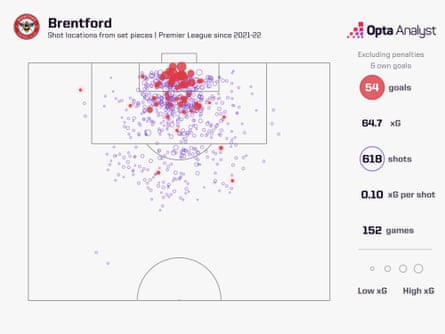
When it comes to dead balls, Brentford boast a remarkable efficiency, part of which is down to how bold they are in such situations. In an interview with the Coaches’ Voice in 2022, Frank explained how he pushes all his players into the attacking third when they have a chance to launch a long throw into the box. “If you don’t take risks, you also take risks,” he said. Spurs will hope Frank, who has brought his Brentford set-piece coach Andreas Georgson with him, can replicate his set-play success in north London.
Clearly, Frank has plenty of strings to his bow. He is open to different things and willing to learn and use new techniques. He embraces data and proudly looks for efficiency at every juncture. Making a change was a big call from Daniel Levy, but Frank looks like a risk worth taking.
This is an article by Opta Analyst

 16 hours ago
2
16 hours ago
2

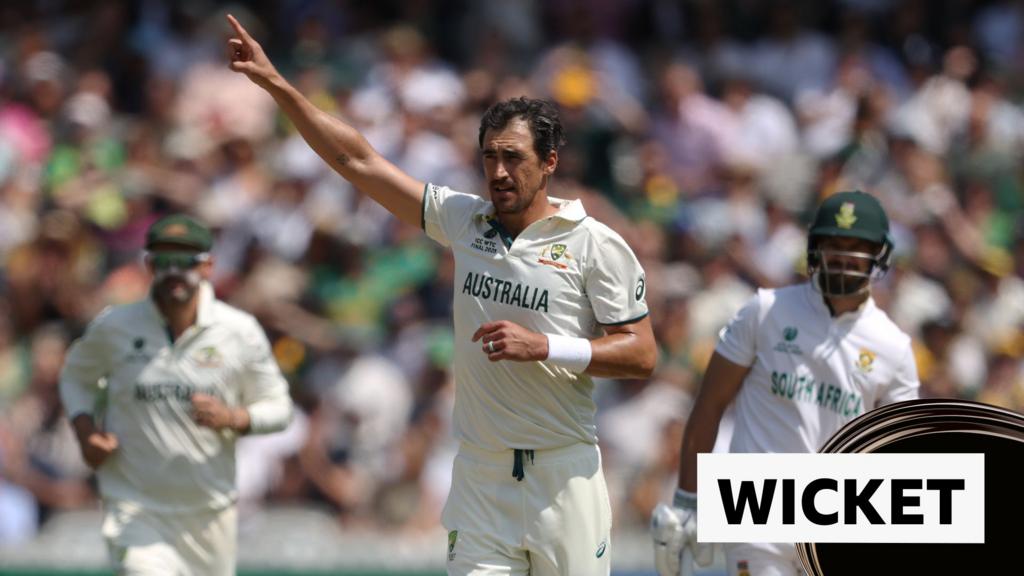
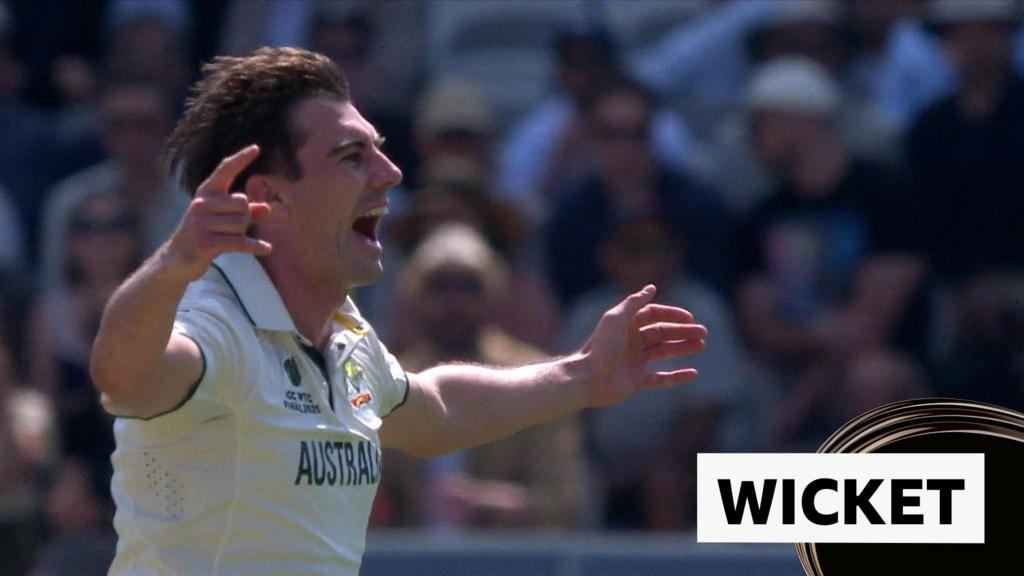




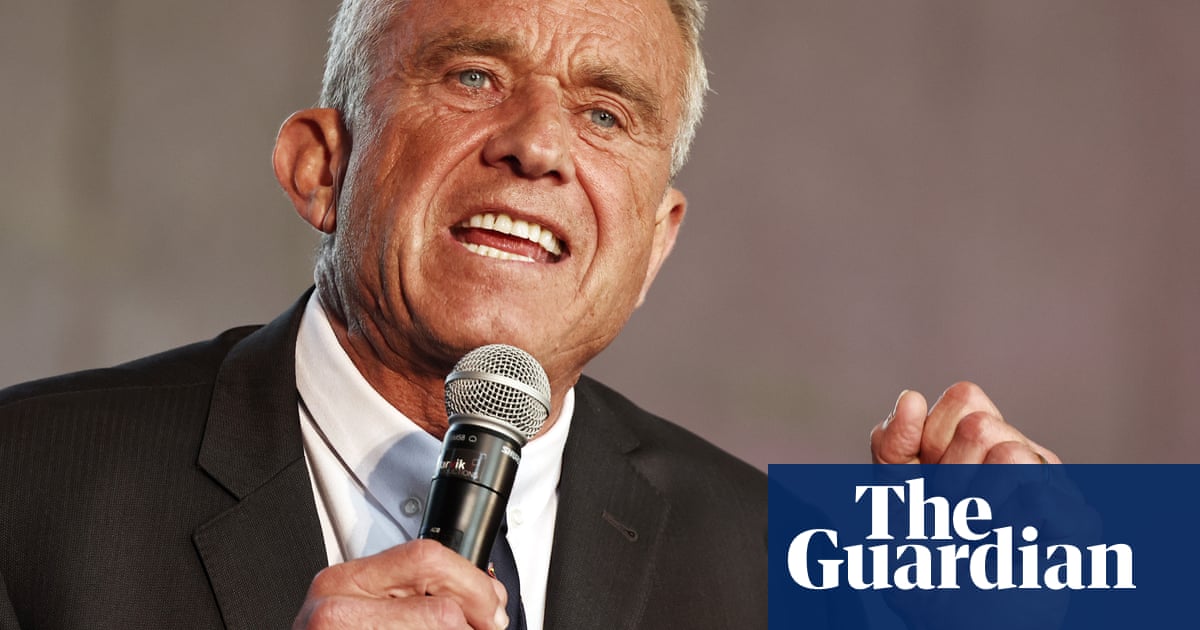


 English (US)
English (US)